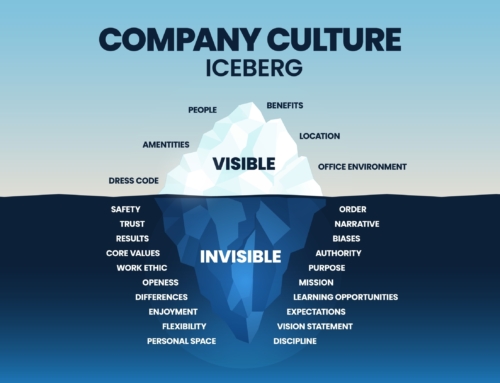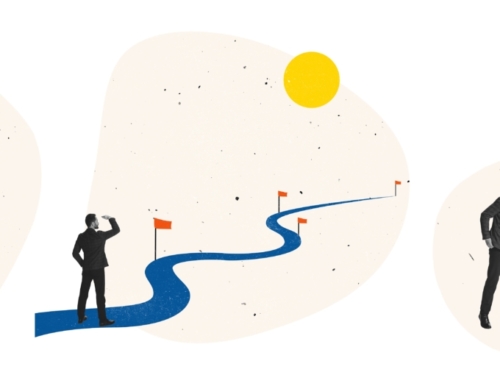Q & A with Eric Schwarz on the Change Diagnostic Index
What is the Change Diagnostic Index?
The Change Diagnostic Index© (CDI) identifies and measures behaviors, perceptions, and attitudes that emerge in a collection of individuals in response to a change initiative. The index provides a monitor of an organisation’s ability to function effectively before, during and after the change implementation process. Through both qualitative and quantitative data, the CDI identifies what is going on beneath the surface of an organisation. It additionally uses demographic questions, designed collaboratively between the organisation and Career Life Transitions, to understand which segments of an organisation are displaying particular behavioural traits. This is particularly useful, and ultimately cost saving, because it allows for a tailored change strategy rather than a blanket strategy. Interventions can then be targeted to the segments that need it most and redundant strategies can be eliminated.
What is Attachment Theory?
Attachment theory in psychology originates with the seminal work of John Bowlby, who worked as a child psychiatrist and researcher in 1930’s London. He investigated attachments, defined as deep and enduring emotional bonds across time and space, and their impact on human development. Attachments, which are endemic to the human condition, are easy to identify in infants and children. While our attachment objects change as we move through life and become older, adults, usually unknowingly, still have attachment objects that play a major role in psychological health.
Organisational change often disrupts employees’ attachment objects, and the resulting loss of stability erodes an organisation’s ability to navigate and affect change.

How does the CDI support real and sustainable change initiatives?
Unfortunately, many change initiatives lack key insight into the human dynamics of change. Factoring in human dynamics is key to any change initiative, because the people that compose an organisation have the power to either obstruct or facilitate change. The CDI identifies key behavioral considerations needed for real and sustainable change in an organisation.
Will the CDI help if my employees reject change?
Most of the time, employees are not outright rejecting change. Change is an undeniable force in our universe, from a cellular level all the way to the ever expanding cosmos. Employees obstruct change when they perceive they are some how losing out. The CDI allows an organisation to understand exactly how employees, and which segment of employees, are perceiving a loss and identifies ways in which to support them. When the loss is managed properly, employees are more likely to participate in the change process.
Why would the CDI be valuable to an business/ organisation?
This powerful tool is the newest iteration of nearly 7 decades of research. It identifies gaps that a business or organisation would, by no fault of their own, easily overlook. It’s seems quite revolutionary to place so much emphasis on human dynamics in an organisation, but when you think about the opposite – not factoring in human dynamics – how could that even have a chance at being successful? Could an organisation afford not to factor human dynamics in a change initiative? I’ve seen organisations invest years and millions of dollars in change initiatives, and only after a series of failures do they incorporate human dynamics. With the CDI, human dynamics are present throughout the entire change process: beginning, middle, and end.
For more information on this diagnostic tool please contact CLT on (08) 6336 8620 or email info@careerlife.net.au
About the Author

Eric Schwarz is CLT’s executive career coach and organisational psychologist, with expertise in the areas of change management, coaching, organisational design and change at Career Life Transitions.














Dr Susan Roberts says: